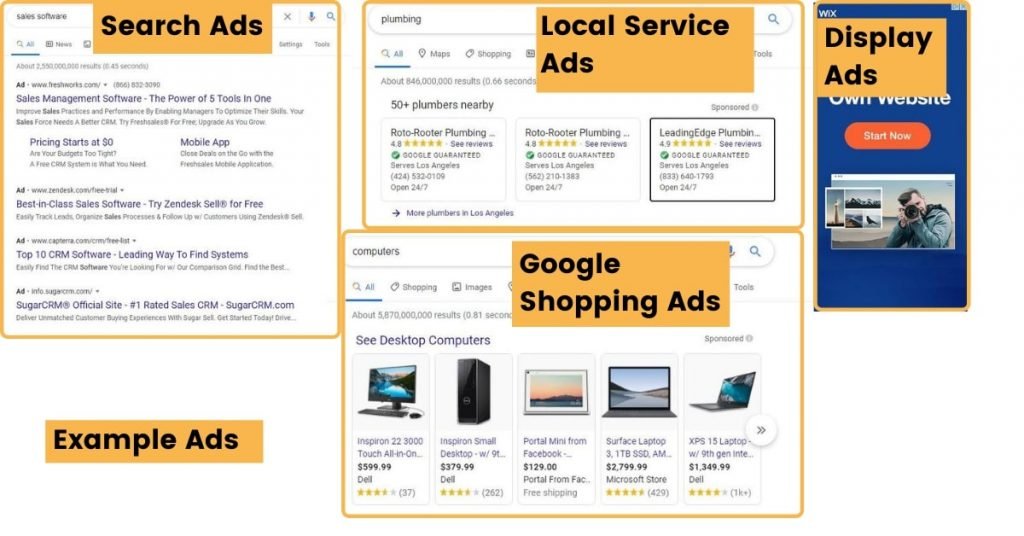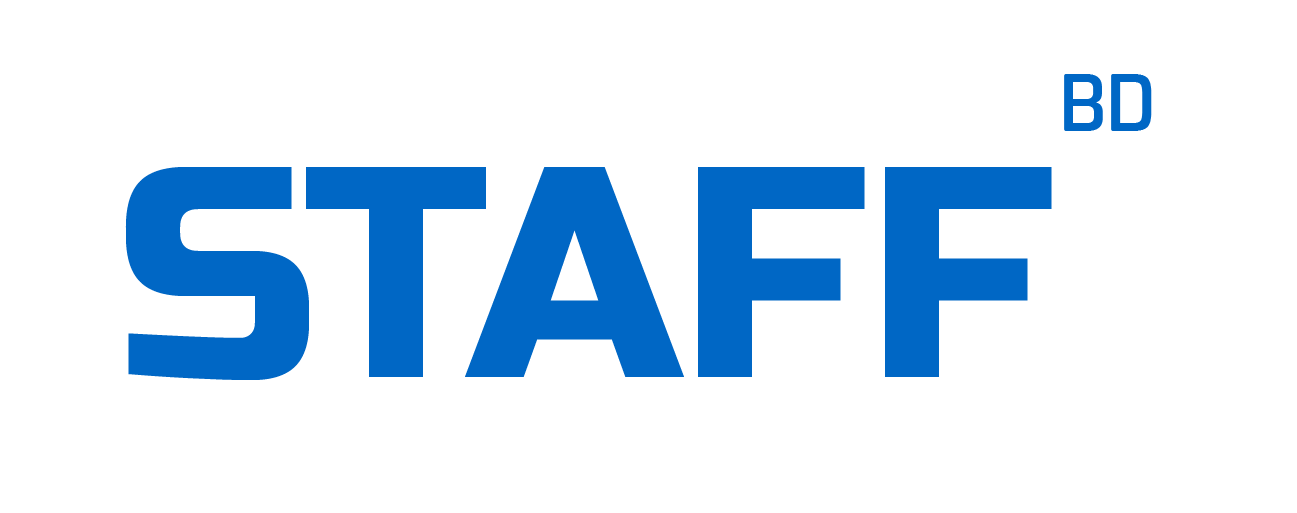Google Ads (Used to be Google AdWords) is Google’s advertising solution and program for businesses to advertise on its many products and wider search network.
Through the ad platform, you can advertise to the world’s two largest search engines: Google and YouTube.
If you want to advertise on Google’s other products such as Gmail, the program is the only way.
There are more ads on Google Search and its other properties than ever before in different forms, which means if you’re not utilizing search and other types of ads in your business, your business will feel the impact.

For many businesses advertising on Google has become necessary to stay competitive rather than just a way to increase revenue and reach.
Learn more about search engine marketing or about the alternative search engines you might want to use for advertising.
In this article, we’ll explore what Google Ads is through its benefits. But first, let’s see how it all works.
How Google Ads Works In A Nutshell?
In Search Ads, you aim to place your ad at the highest search result positions as possible while serving users’ search intent as closely as possible. And the goal for Display Ads is to combine user’s interests with ads they might be interested in receiving.
To put it simply in Google Ads, advertisers bid on keywords to have a chance to place their ads on search results pages or other websites.
An ad auction happens whenever a user searches anything on Google Search or visits a website in the broader network.
At every auction, Google calculates an Ad Rank for every ad in the auction, which determines if the users see your ads in the first place.
There are currently six factors that define an Ad Rank:
- Your Max Bid
- Ad quality and landing page experience
- Ad rank has to be higher than the
- Competitiveness
- User search context (For example, device, location, time of day, and search intent)
- Expected impact of ad formats and extensions
Then your ads may appear on top search results if your Ad Rank is high enough. There are currently four available ad slots on top of the results. And more ad slots are available on the bottom of search results pages.
One key component of getting ads to rank higher is to optimize ad quality. You can monitor a metric called a combination of ad quality metrics from past performance.
